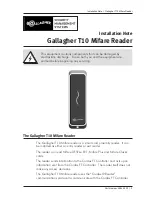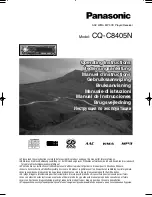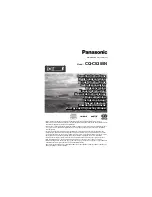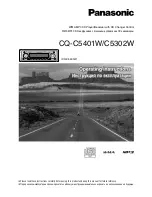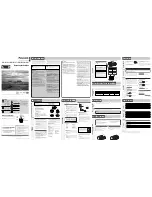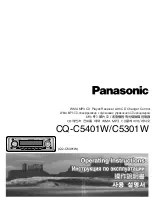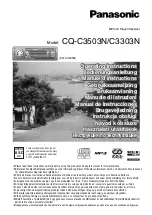
38
ASCII Protocol - Reference Guide
May ’00
2.5.3
NORMAL Mode
The NORMAL readout function provides a continuous readout of a certain transpon-
der page at high speed. The transmission of a page including its identification via the
serial interface will only be carried out if it is not equal to the last received transponder
type (RO, R/W and MPT), transponder page and identification. For this purpose the
last page received, together with its identification number is stored in an identification
buffer, located in the microcomputer RAM, and each correctly received page, identi-
fication number and the transponder type (RO, R/W, MPT) is compared to the con-
tent of this buffer.
The NORMAL mode can also be used to terminate the LINE mode and to switch to
decimal display if the FORMAT command was previously used.
ASCII character Esc (Esc=27
dec
) together with a page specification (01 to 11
hex
)
cause the TIRIS reader to switch into the NORMAL mode. The ASCII character E,
carriage return and line feed are returned by the TIRIS reader in order to acknowl-
edge the PC command.
Each received identification that is different to the identification stored in the buffer
will be transmitted to the PC:
If an MPT was read: antenna number, read status, transponder type character
(M), space, page, space. application code, space, identification code, carriage
return and line feed.
If a RO or R/W was read, the TIRIS reader will transmit the 64-bit PROTOCOL, that
is: antenna number, transponder type character (R, W), space, application
code, space, identification code, carriage return and line feed.
The NORMAL mode can be terminated by the commands EXECUTE (2.4.1) or LINE
(2.4.7).
Example:
Comment
PC --> Reader:
<Esc>
Initiates Normal mode - command,
Esc=27
dec
Reader --> PC:
E
PC --> Reader:
05
Page information in hexadecimal
format
Reader --> PC:
<CR><LF>
10M 05 0000 11237906738429913<CR><LF>
1R 1024 1111111100101010<CR><LF>
For further descriptions of possible command response formats see Chapter 3: "Pos-
sible Reading Responses".
Note:
Page specification 00 does not refer to an addressed page number 00.

























